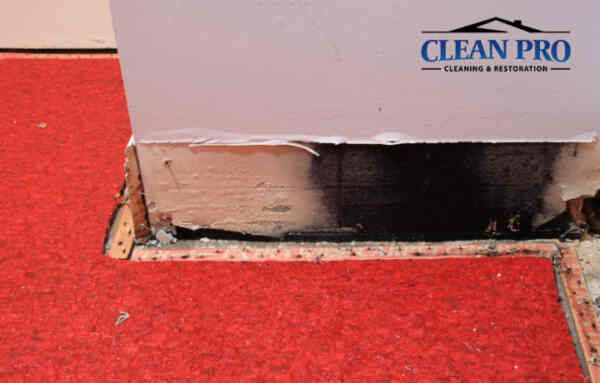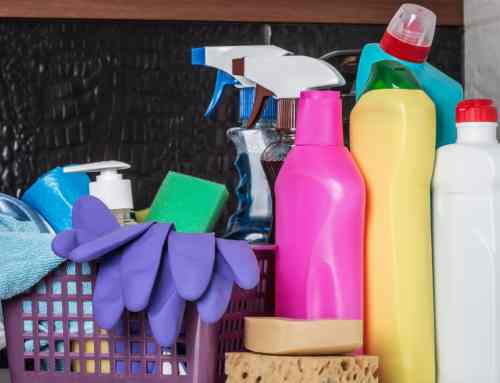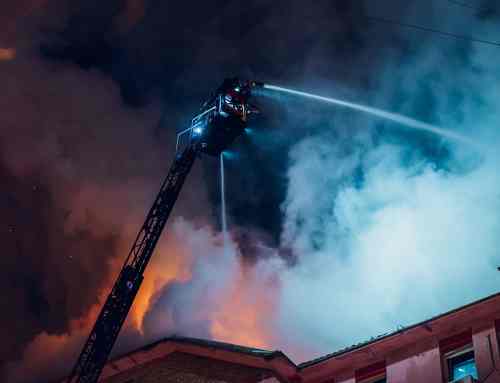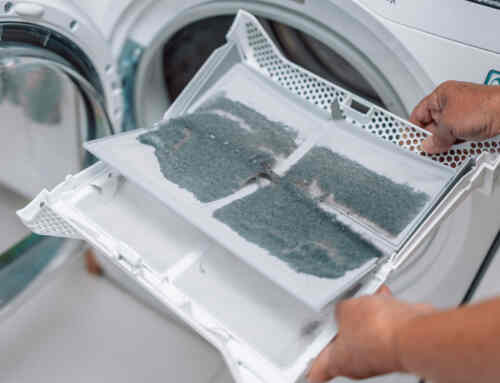The Basics of Water Damage Restoration
When water damage intrudes into your home or business, every minute that ticks by increases the chance of property damage and mold growth. Your #1 priority is to get the building and contents dry as quickly as possible. Professional water damage restoration is recommended. It seems simple, but structural drying requires training, knowledge of construction and the careful application of drying science. Before we proceed, here are a few terms you need to understand about the Basics of Water Damage Restoration:
 Psychrometry:
Psychrometry:
The study of the relationship between air, humidity and temperature; the basis of drying science.
Loss:
The word restoration professionals use to describe a project involving property damage, such as water intrusion.
Permeance:
The ability of water to penetrate a material. Low permeance materials like hardwood and concrete absorb water very slowly and release it s lowly. High permeance materials like wallboard and carpet absorb water quickly and release it easily.
Secondary damage:
Ongoing damage to materials caused by exposure to high humidity for prolonged periods. This can happen if a water intrusion is not dealt with properly.
In addition, a water restoration technician must understand the four Classes of water loss:
Class 1:
Minimal level of saturation into structural materials. Loss is limited to a small area, resulting in the least amount of water evaporating into the air.
Class 2:
Affects a larger area with absorbent materials like carpet and pad. Moisture may have penetrated into drywall and subfloor with a significant increase in humidity.
Class 3:
The greatest amount of saturation including walls, floors, ceilings and insulation. Class 3 losses produce the greatest increase in humidity.
Class 4:
Low-permeance materials such as hardwoods, concrete and stone that have been wet for an extended time period, allowing deep penetration. Class 4 losses require more specialized drying methods.
Most drying jobs will follow four basic steps:
Step 1:
Remove excess water. We do this by extraction, pumping, squeegees, wiping, etc.
Step 2:
Promote evaporation. Water must be evaporated out of wet materials. We do this by using high-speed air movers.
Step 3:
Dehumidification. We install dehumidifiers in the area to remove evaporated moisture from the air.
Step 4:
Control temperature- Air temperature must be maintained within a certain range to encourage evaporation and allow dehumidifiers to operate efficiently.
Since we can’t dry the materials directly, we dry the air and control its temperature so that the air can dry the structure. You’ve probably noticed that when the air outside is dry, materials dry too. Even your skin is affected. Conversely, when air is humid, materials dry slowly, and some materials absorb humidity from the air. So why can’t you just put a fan on it and let it dry? At first this may seem to work. Air movement helps create evaporation. The water leaves the material as a vapor and raises humidity levels.
The higher the humidity, the slower the rate of evaporation will be. Other unaffected materials will begin to absorb excessive humidity from the air, encouraging mold and bacterial growth. Odors and expensive secondary damage to structural materials , furnishings and contents will result.
The Need for Balance
Air movers evaporate moisture from wet materials, increasing humidity. Dehumidifiers reduce humidity. By balancing these processes, we create an efficient drying environment. Using Psychrometry, we consider the class of loss, environmental conditions in the building and the cubic feet of airspace. Based on these parameters, we use an industry-accepted formula to calculate the necessary equipment.
Once our drying system is set up, we return periodically to monitor progress with readings of temperature, humidity and moisture content. We also make any necessary adjustments to our equipment setup. Only after all materials have reached normal moisture content do we remove our drying equipment.
In the unfortunate event of a flood in your home or business, call Clean Pro as soon as possible to get things under control and back to normal quickly and efficiently. Learn more about our services – HERE.







